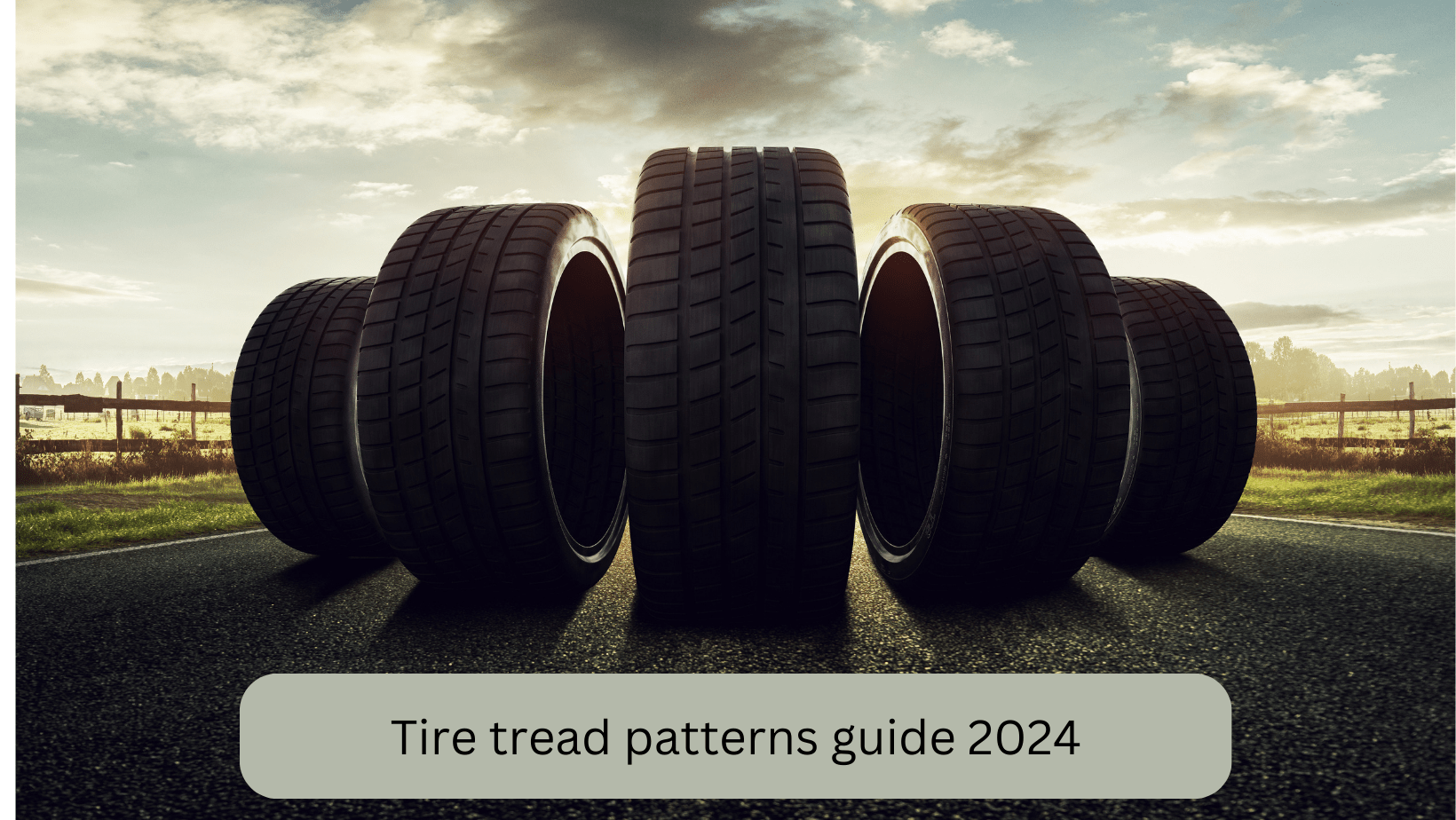Deciphering Tire Tread Patterns
Tire tread patterns play a crucial role in vehicle performance, impacting grip, handling, and safety. This article delves into the intricacies of these patterns, exploring their types and real-world implications.
Key Takeaways
- Types of Tire Tread Patterns: Symmetrical, Asymmetrical, Directional.
- Performance Factors: Influence on grip, noise, and water dispersion.
- Terrain Suitability: Best patterns for various driving conditions.
Terrain Suitability and Tire Tread Patterns
| Terrain Type | Recommended Tread Pattern | Key Benefits | Notable Considerations |
|---|---|---|---|
| Urban/City Roads | Symmetrical | Balanced performance, comfort, fuel efficiency | Not ideal for aggressive driving |
| Highways/Long Drives | Symmetrical or Asymmetrical | Quiet ride, good handling, durability | Asymmetrical patterns offer better high-speed stability |
| Wet Roads | Directional | Superior water evacuation, reduced hydroplaning risk | May wear faster in dry conditions |
| Off-Road | Asymmetrical (Aggressive) | Enhanced grip on uneven surfaces, rugged design | Less comfortable on paved roads, can be noisy |
| Snowy/Icy Conditions | Specialized Winter Tires (with appropriate tread pattern) | Optimized for traction in cold, slippery conditions | Not suitable for all-season use |
Types of Tire Tread Patterns

- Symmetrical Tread Patterns:
- Characteristics: Uniform pattern across the tire.
- Advantages: Longevity, low noise.
- Ideal Use: Everyday driving on paved roads.
- More Information: Basics of Tire Selection.
- Asymmetrical Tread Patterns:
- Characteristics: Different patterns on the inner and outer sides.
- Advantages: Enhanced grip on dry and wet roads.
- Ideal Use: Performance cars, varying road conditions.
- Learn More: Performance Tires for Daily Driving.
- Directional Tread Patterns:
- Characteristics: Arrow-like pattern, designed to roll in one direction.
- Advantages: Superior water dispersion, preventing hydroplaning.
- Ideal Use: Wet weather driving, sports cars.
- Explore Further: Seasonal Tire Choices.
Impact on Performance
- Grip and Handling: Asymmetrical treads offer better cornering and grip.
- Noise Levels: Symmetrical patterns are quieter on highways.
- Fuel Efficiency: Less aggressive treads improve fuel economy.
Choosing the Right Tread for Your Terrain
- City Driving: Symmetrical for comfort and economy.
- Rugged Terrain: Aggressive, asymmetrical patterns for grip.
- Wet Conditions: Directional treads for safety.
For detailed guidance on selecting tires for specific vehicles, check out Best Tires for Jeep Wrangler and Best Tires for Dodge Charger.
Real-Life Examples
- Sports Cars: Often equipped with asymmetrical treads for optimal handling.
- Family Sedans: Typically use symmetrical treads for comfort and longevity.
- Off-Road Vehicles: Prefer aggressive, asymmetrical patterns for tough terrains.
For a comprehensive guide on tire and wheel tuning, visit Tire and Wheel Tuning – Maximizing Performance.
Detailed Comparison of Tire Tread Patterns
| Tread Pattern Type | Characteristics | Advantages | Disadvantages | Ideal Usage |
|---|---|---|---|---|
| Symmetrical | Uniform pattern, continuous grooves | Long tread life, quieter ride, often more affordable | Less grip in high-performance scenarios | Everyday city and highway driving |
| Asymmetrical | Different patterns on each half of the tire | Excellent grip on dry and wet surfaces, better handling | More expensive, can be noisier | Performance cars, varying road conditions, sporty driving |
| Directional | Arrow-like pattern, designed to roll in a specific direction | Great water dispersion, reduced risk of hydroplaning, improved handling at high speeds | Limited rotation options, can be noisy | Wet weather driving, sports cars, high-speed conditions |
Conclusion
Understanding tire tread patterns is essential for making informed choices about tire selection. Whether it’s for daily driving, off-roading, or performance driving, the right tread pattern can significantly enhance your driving experience.



